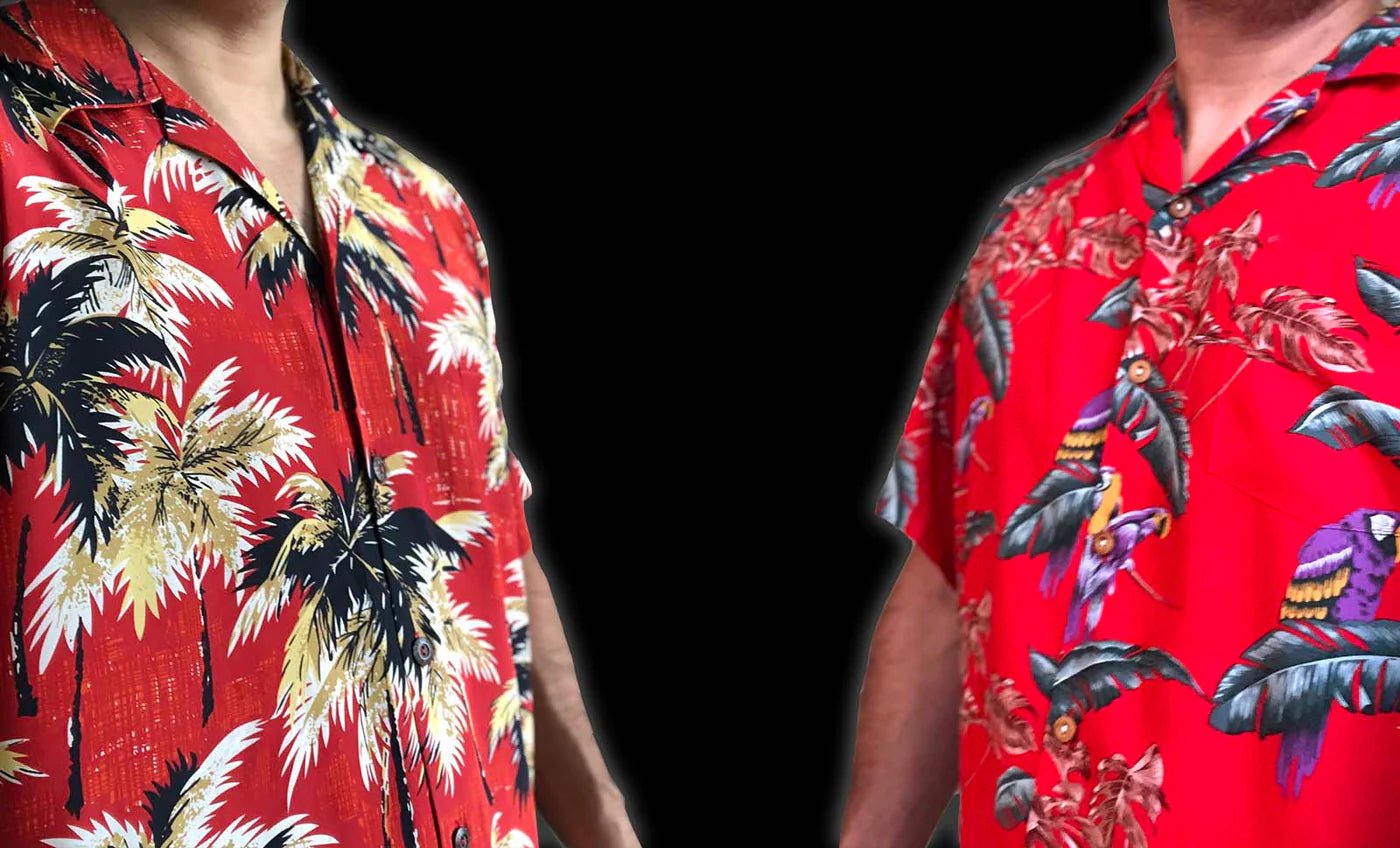
Aloha Shirts
THE ALOHA SHIRT
The Aloha shirt, popularly known as the Hawaiian shirt, is a style of shirt that originated from Hawaii and is presently the Hawaiian manufacturing industry’s premier export. Hawaiian shirts are mostly printed, collared and short-sleeved, and usually have buttons down the full length of the shirt (but sometimes it’s just like a pullover), as well as a left chest pocket. Men and women can wear aloha shirts. The women’s Aloha shirt has a lower hem as they are not meant to be tucked in, and has a lower-cut, V-neck design. These shirts are called Aloha shirts when exported to the United States, but are referred to as Hawaiian shirts in every other part of the world. Aloha shirts manufactured for Hawaiian residents have tapa designs, simple floral designs and quilt designs. Modern aloha shirts, however, do not feature any of this designs, rather elements like sports team logos, drinks, automobiles, etc., and are arranged in the same pattern as the traditional Aloha Shirt.

Brief History of Aloha Shirt
The original Aloha Shirt was available for sale at “Musashi-ya shoten,” a shop in Honolulu in 1904. Back then, it was hand-sewn with Japanese Kimono fabric by Kōichirō Miyamoto, the store owner’s son. However, in the early 1930s, Ellery Chun, a Chinese Merchant of King-Smith Clothiers and Dry Goods in Waikiki, created the modern Aloha Shirt, using cotton and rayon as the material. On June 28th, 1935, an article published in the Honolulu Advertiser about the “Aloha Shirt” created quite the buzz on the street. Surfers, tourists, and locals stormed the store and bought every Aloha shirt in the shop. After some years, notable designers started producing and selling Aloha shirts to Hawaiians in large quantities. Many servicemen and women returned to the U.S. from the Pacific Islands wearing Hawaiian made Aloha shirts after the Second World War. It was a textile manufacturer, Alfred Shaheen, known as the Hawaiian Shirt Monarch, that revolutionized the garment industry’s manufacturing of Aloha shirts in the early 1950s. He raised the garments to the level of high fashion with artistic prints, high-grade materials and quality construction. The tropical-print shirts for men and women became standard and sometimes tacky souvenirs for travelers
Th, but. Tori Richard is a brand of these shirts, established in Honolulu in late 1956.[6] Elvis Presley wore a Shaheen-designed red aloha shirt featured on the album cover for the Blue Hawaii soundtrack in 1961.[5]
Aloha Week
Until the creation of Aloha week in 1947, city employees were not able to put on Aloha shirts for business purposes. It took a study of these shirts and designs, made in 1946 by the Honolulu Chamber of Commerce, for comfortable business clothing to be deemed acceptable for wear during the hot Hawaiian summers. The motive behind this week is to improve the culture and economy of Hawaii, usually held in October. Aloha Week changed its name to Aloha Festivals in 1991. Aloha week has a direct effect on demand for Aloha wear because both tourists and indigenes buy more of the cloth during festive periods.

Aloha Friday
Hawaiian Fashion Guild started the promotion of Aloha shirt as business attire in 1962. This campaign, Operation Liberation, distributed two Aloha shirts to all Hawaiian Senators and House of Assembly Representatives. Afterward, a bill was passed into law recommending the use of Aloha attire during the Summer months. President of the Hawaiian Fashion Guild, Bill Foster, Sr., led the organization in a campaign for Aloha Friday in 1965. On this day, employers became permitted to put on Aloha attire for work. This campaign was accepted in 1966, and in 1970, Aloha became an attire you can wear to work any day, and not just on Fridays. Aloha Friday is Hawaii's term for TGIF (Thank God It's Friday).

On our sister site, leilanisattic.com, you can find 100's of different varieties of mens, womens, and kids aloha shirts.

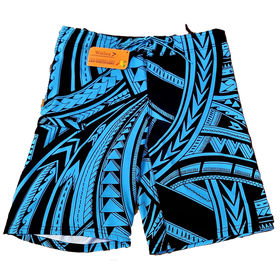
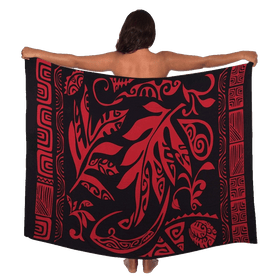
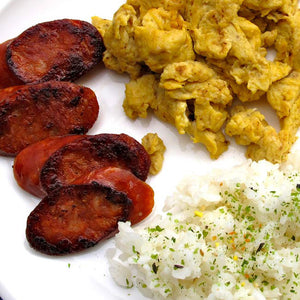
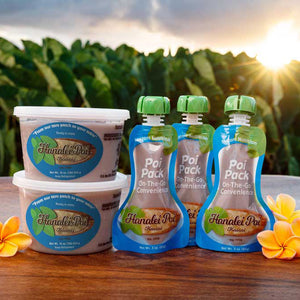
Leave a comment